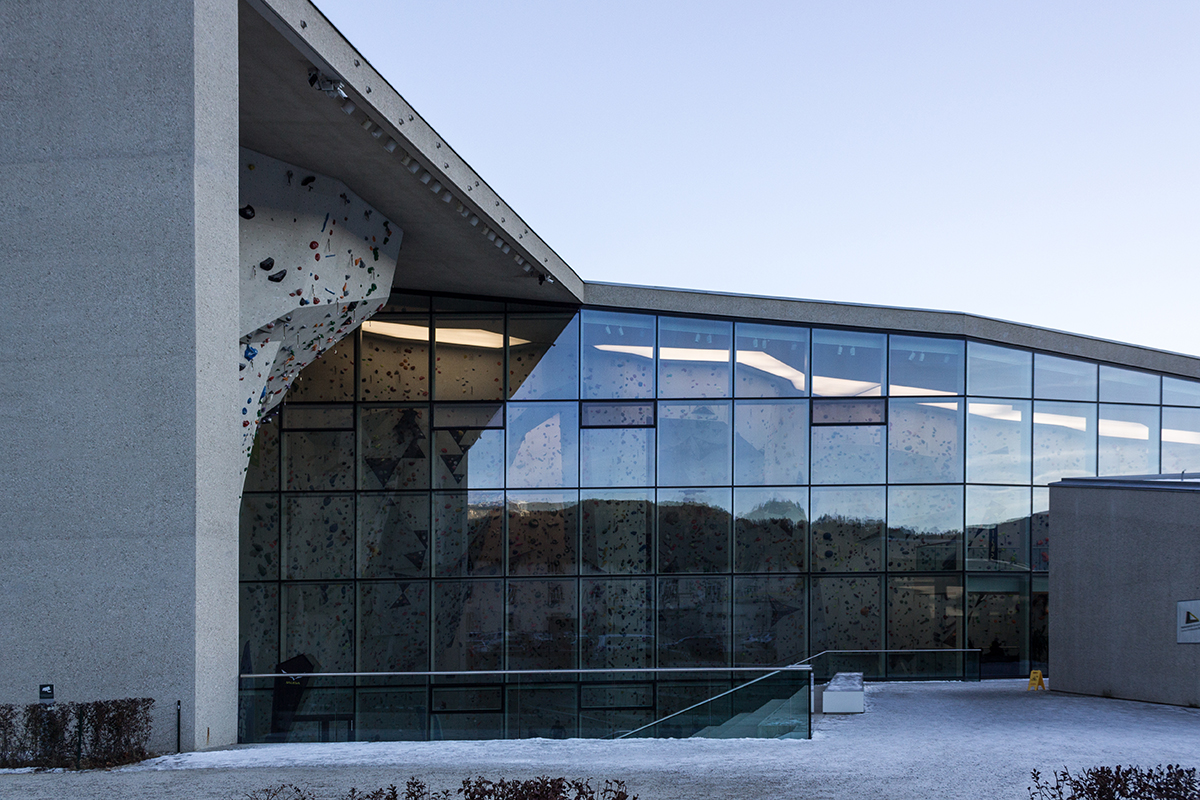
Welfare architectures and strategies. The Bruneck case in Val Pusteria
In both the South Tyrolean and Alpine areas, the case of Brunico is emblematic with regards to welfare strategies. Since the seventies and up to today, far-sighted planning policies have decisively contributed to their development. The physical and spatial translations of welfare policies and strategies are the several architectural and territorial actions that contribute to providing Brunico with an offer of facilities worthy of a large urban center. The welfare theme seems to go across all sectors of society. What is particularly surprising is not only the peculiar executive and formal quality of the various infrastructures and facilities available (and planned) in the municipal area, but also, and above all, their concentration within such a limited perimeter. Careful and minute planning, together with personalized actions on the territory and the adoption of a competition system for the assignment of the projects, all linked by a substantial communion of intent between citizens, the administration and designers, can lead even a mountain city to become competitive in terms of facilities for the community, and welfare strategies and infrastructures. A possible point of reference for those Alpine realities that want to look to the future with an eye to regeneration and modernity.







